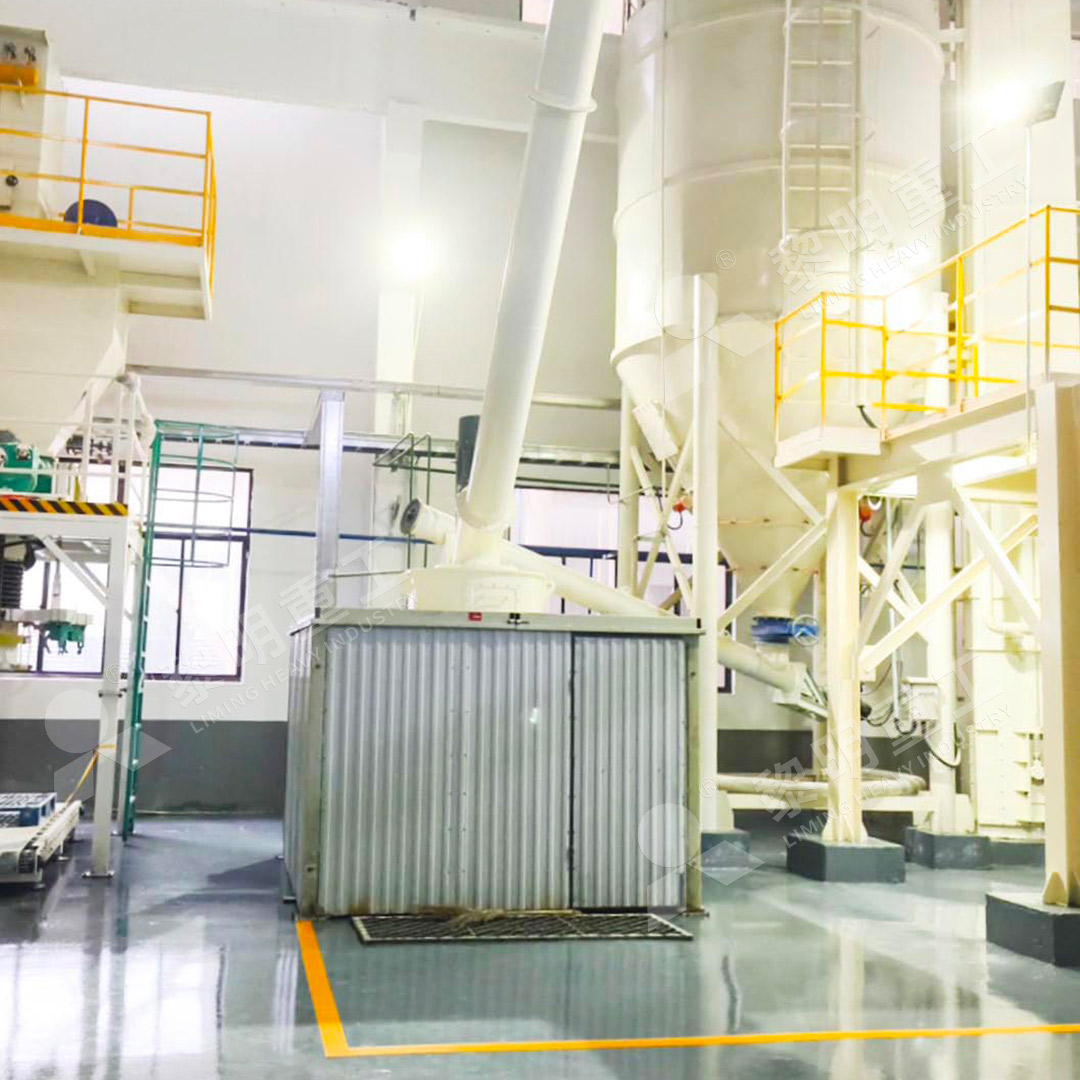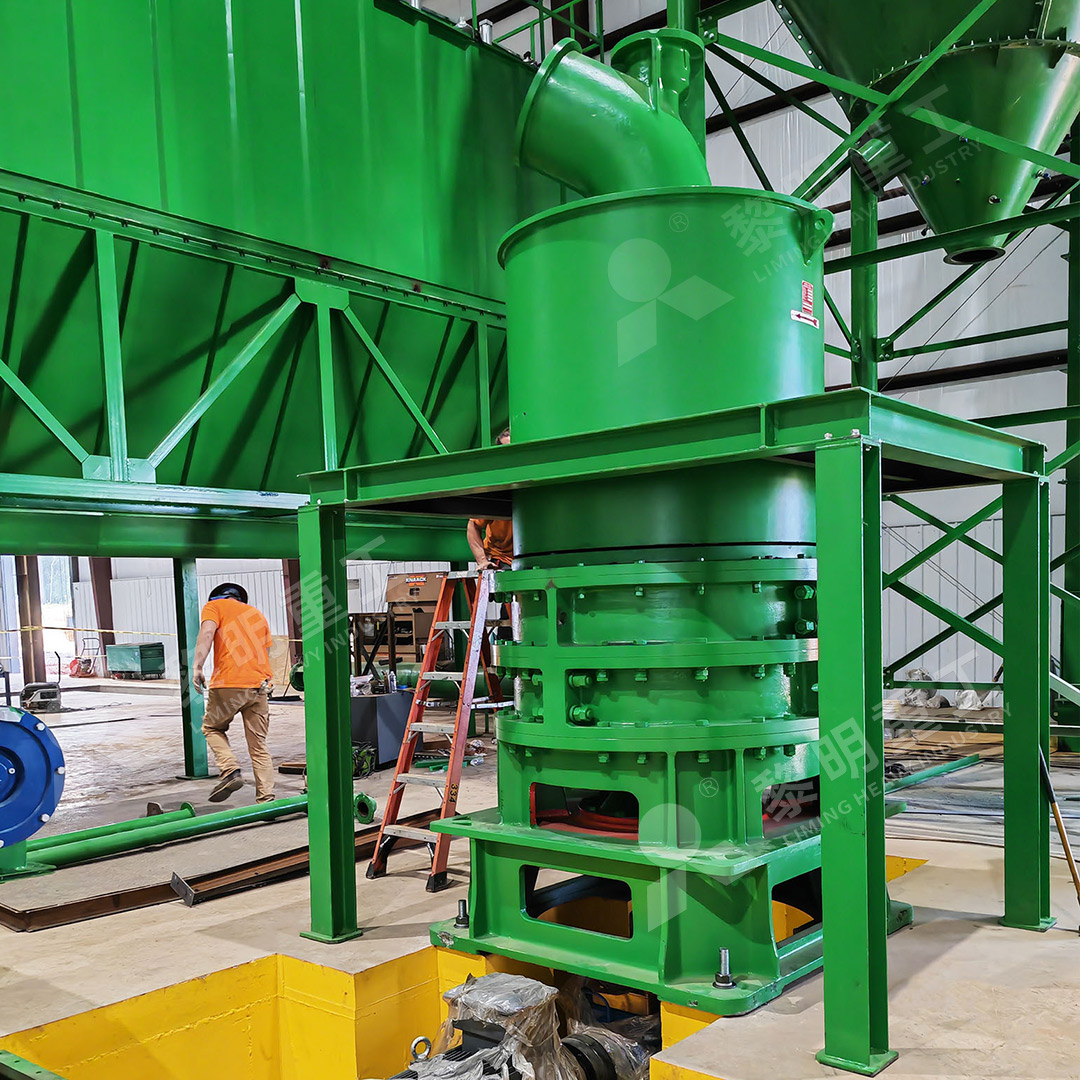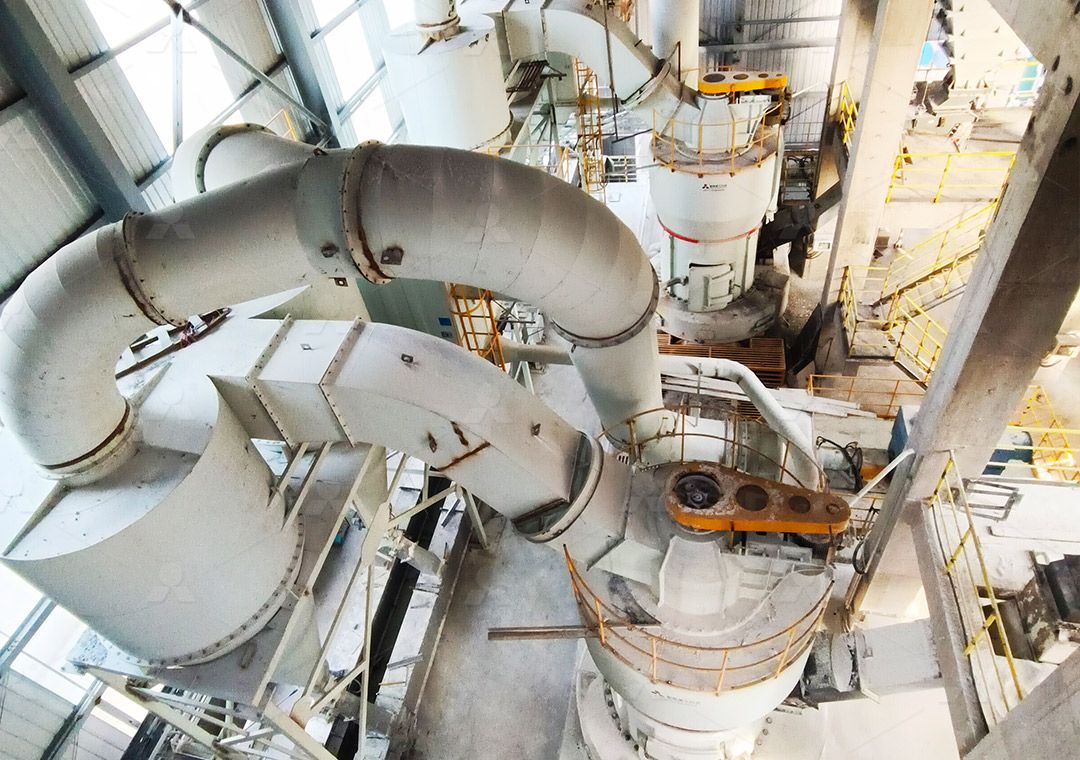Potassium Feldspar Grinding Mill Machine Selection Guide
Potassium Feldspar Grinding Mill Machine Selection Guide
Selecting the right grinding equipment for potassium feldspar processing requires careful consideration of multiple factors including feed size, required capacity, final product fineness, and operational costs. As a common raw material in ceramics, glass, and filler applications, potassium feldspar demands precise particle size control and consistent quality output.
The grinding process for potassium feldspar typically requires equipment capable of handling medium to hard materials with feed sizes ranging from 0-70mm depending on the preliminary crushing stage. Production capacities can vary significantly based on application requirements, from small-scale operations needing 0.5 tph to large industrial plants requiring over 300 tph.

Key Selection Criteria
When choosing equipment for potassium feldspar grinding, several technical parameters deserve particular attention. The input size compatibility ensures your preliminary crushing system aligns with the grinding mill’s requirements. Capacity matching prevents both underutilization and overloading scenarios. Energy consumption directly impacts operational costs, while fineness adjustment capability determines product versatility.
For operations requiring ultra-fine powders between 325-2500 meshes, our MW Ultrafine Grinding Mill represents an optimal solution. This advanced system handles input sizes up to 20mm with production capacities ranging from 0.5 to 25 tph. The innovative design eliminates rolling bearings and screws within the grinding chamber, significantly reducing maintenance concerns and potential contamination risks.
Advanced Grinding Technologies
Modern grinding mills incorporate sophisticated technologies that enhance efficiency and product quality. The cage-type powder selector in the MW series, for instance, utilizes German technology to achieve precise particle separation with screening rates reaching d97≤5μm in a single pass. This technology enables operators to maintain consistent product quality while adjusting fineness according to specific customer requirements.
Environmental considerations have become increasingly important in mill selection. Equipment featuring efficient pulse dust collectors and mufflers, like our MW Ultrafine Grinding Mill, minimizes both dust emissions and noise pollution. The fully enclosed negative pressure operation ensures compliance with stringent environmental regulations while protecting workers’ health.

Vertical Mill Advantages
For operations prioritizing space efficiency and integrated processing, vertical grinding mills offer compelling benefits. Our LUM Ultrafine Vertical Grinding Mill combines grinding, classifying, and transporting in a single compact unit. With an input size of 0-10mm and capacity range of 5-18 tph, this system incorporates the latest Taiwanese grinding roller technology and German powder separating technology.
The LUM series features double position-limiting technology that ensures operational stability even under variable load conditions. The reversible structure design simplifies maintenance procedures, allowing operators to easily access grinding components without extensive disassembly. This design consideration significantly reduces downtime during routine maintenance and component replacement.
Operational Efficiency Considerations
Beyond initial equipment specifications, long-term operational factors critically impact total cost of ownership. Mills with external lubrication systems enable maintenance without production stoppages, supporting continuous 24-hour operations. Digital processing of core components ensures higher machining precision, contributing to extended service life and consistent performance.
The energy efficiency difference between various mill types can be substantial. Advanced designs like our MW Ultrafine Grinding Mill consume approximately 30% of the energy required by jet grinding mills for equivalent output. This efficiency translates to significant cost savings over the equipment’s operational lifespan while reducing environmental impact.

FAQ
What is the typical fineness range for potassium feldspar in ceramic applications?
Most ceramic applications require potassium feldspar powder between 200-325 mesh, though some specialized applications may demand finer particles up to 2500 mesh. Our MW Ultrafine Grinding Mill precisely controls fineness between 325-2500 meshes to meet these varied requirements.
How does feed size impact mill selection?
Feed size directly determines which mill models are suitable for your operation. While our MW series handles 0-20mm input, the LUM vertical mill processes 0-10mm material. Proper preliminary crushing to match your mill’s input specification ensures optimal performance and prevents equipment damage.
What maintenance advantages do modern grinding mills offer?
Contemporary designs like our MW Ultrafine Grinding Mill eliminate internal rolling bearings and screws that frequently require maintenance. The external lubrication system allows continuous operation during maintenance procedures, while reversible structures in our LUM series facilitate easier component access.
How important is energy efficiency in mill selection?
Energy consumption typically represents 40-60% of total operating costs in grinding operations. Our high-efficiency mills can reduce energy usage by 30-50% compared to conventional equipment, delivering substantial cost savings while supporting sustainability objectives.
Can the same mill process different mineral materials?
Yes, our grinding mills are designed for versatile applications. The MW Ultrafine Grinding Mill effectively processes not only potassium feldspar but also limestone, calcite, dolomite, barite, talc, and other non-metallic minerals with similar hardness characteristics.
